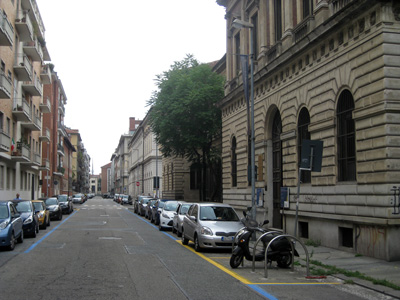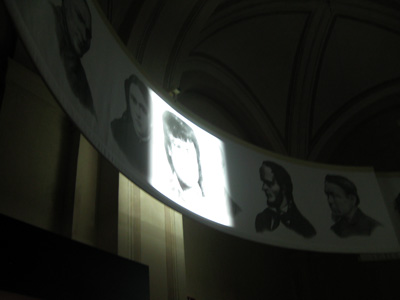Recording Race: T. H. Huxley’s Photographic Survey of the Races of the British Empire. Research visit to the „Thomas Henry Huxley Papers“, Imperial College London, April 2015.
It is certainly not easy to get an appointment at the archives of Imperial College London, where the “Thomas Henry Huxley Papers” are kept. This is the only archive I have encountered so far that would make a letter of intent, a project description, as well as a letter from my supervisor and university a prerequisite for consulting the materials. However, after settling all those issues, I am received cordially and a seat and research aids have been prepared for me.
Thomas Henry Huxley was a traveler, biologist and educational reformer, he is however best known as an important advocate of Darwin’s theory of evolution. He shared a circle of friends with Charles Darwin, Herbert Spencer and Francis Galton, with whom he exchanged letters that are kept in the archive. For instance in a letter dated October 16th, 1886, Francis Galton asks Huxley’s opinion on the biographies of Erasmus Darwin and Charles Darwin in relation to a proposal for a monument.
Races of the Empire
I am, however, particularly interested in his project of a visual survey of the ‘races’ of the British Empire, that was launched in 1869, and for which Huxley developed a anthropometrical photographic standard for the depiction the human body. The plan originated in the Ethnological Society of which Huxley was president, and which sought to improve the quality of data in the field and establish a scientific classification of the ‘races’ of the British Empire. The project however was administered by the Colonial Office in London that sent out an official request to the colonial administrations and forwarded the material, photographs and letters, to Huxley. Even though the material that he received was never used in his publications or in the work of the Ethnological Society, the portraits represent an important, if problematic, insight into the practices of scientific photographic depiction of the human body and in particular of colonial subjects. Recording Race: Huxley weiterlesen





